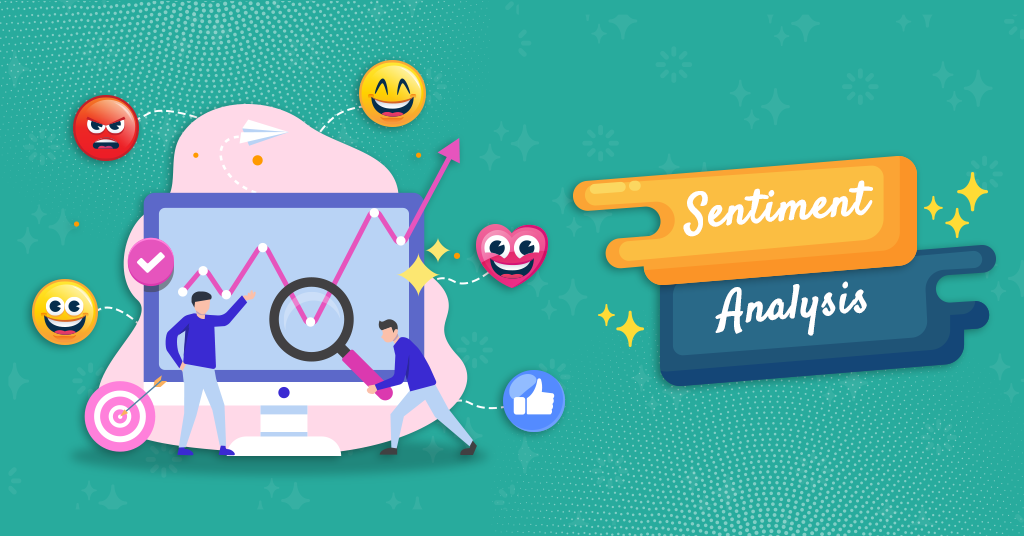Sentiment Analysis Software
Sentiment analysis software refers to computer programs or tools that utilize natural language processing (NLP) and machine learning algorithms to analyze and interpret the sentiment expressed in textual data. This software is designed to automatically classify the sentiment of text as positive, negative, or neutral, providing valuable insights into public opinion, customer feedback, brand perception, and market trends.
The primary function of sentiment analysis software is to process large volumes of text data from various sources, including social media platforms, customer reviews, surveys, news articles, and online forums. By analyzing the language, tone, and context of the text, these tools can accurately identify and categorize the sentiment conveyed within it.
Sentiment analysis tool employs a range of techniques and methodologies, including supervised learning, unsupervised learning, lexicon-based analysis, and deep learning, to classify sentiment with high accuracy. These algorithms consider linguistic features, semantic relationships, and sentiment indicators to discern the emotional tone of the text.
The insights generated by sentiment analysis tool are invaluable for businesses, organizations, marketers, and researchers across different industries. By understanding the sentiment behind textual data, users can gain actionable insights to inform decision-making, improve customer satisfaction, manage brand reputation, identify emerging trends, and mitigate risks.
Many sentiment analysis tool solutions offer additional features such as sentiment visualization, sentiment scoring, trend analysis, sentiment tracking over time, and sentiment-based alerts. These functionalities enable users to explore and interpret sentiment data more effectively, facilitating data-driven strategies and informed decision-making.
Overall, sentiment analysis software plays a crucial role in extracting meaningful insights from textual data, empowering users to understand, monitor, and respond to sentiment trends in real-time, thus enhancing their competitive advantage and overall performance in today’s data-driven world.
